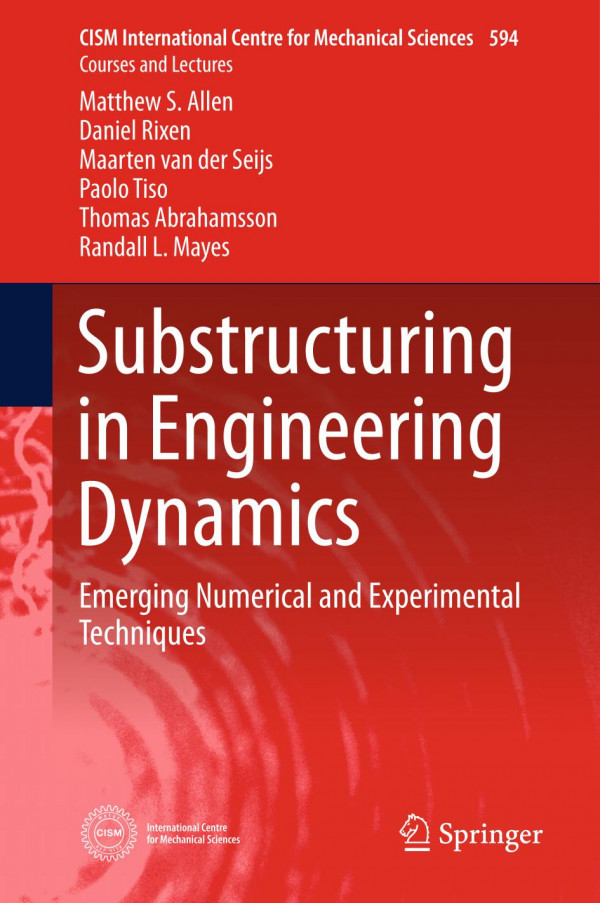

Most ebook files are in PDF format, so you can easily read them using various software such as Foxit Reader or directly on the Google Chrome browser.
Some ebook files are released by publishers in other formats such as .awz, .mobi, .epub, .fb2, etc. You may need to install specific software to read these formats on mobile/PC, such as Calibre.
Please read the tutorial at this link: https://ebookbell.com/faq
We offer FREE conversion to the popular formats you request; however, this may take some time. Therefore, right after payment, please email us, and we will try to provide the service as quickly as possible.
For some exceptional file formats or broken links (if any), please refrain from opening any disputes. Instead, email us first, and we will try to assist within a maximum of 6 hours.
EbookBell Team

4.0
96 reviewsThis book reviews the most common state-of-the art methods for substructuring and model reduction and presents a framework that encompasses most method, highlighting their similarities and differences. For example, popular methods such as Component Mode Synthesis, Hurty/Craig-Bampton, and the Rubin methods, which are popular within finite element software, are reviewed. Similarly, experimental-to-analytical substructuring methods such as impedance/frequency response based substructuring, modal substructuring and the transmission simulator method are presented. The overarching mathematical concepts are reviewed, as well as practical details needed to implement the methods. Various examples are presented to elucidate the methods, ranging from academic examples such as spring-mass systems, which serve to clarify the concepts, to real industrial case studies involving automotive and aerospace structures. The wealth of examples presented reveal both the potential and limitations of the methods.